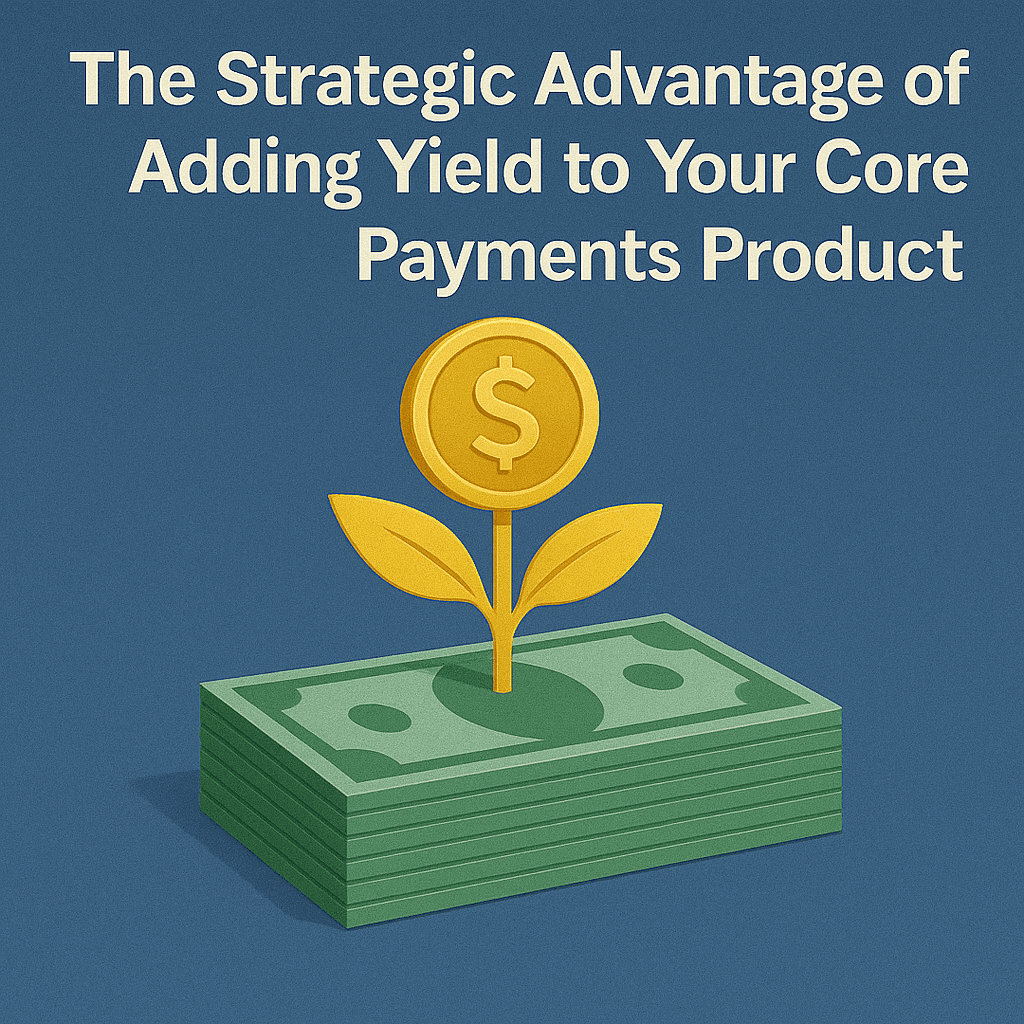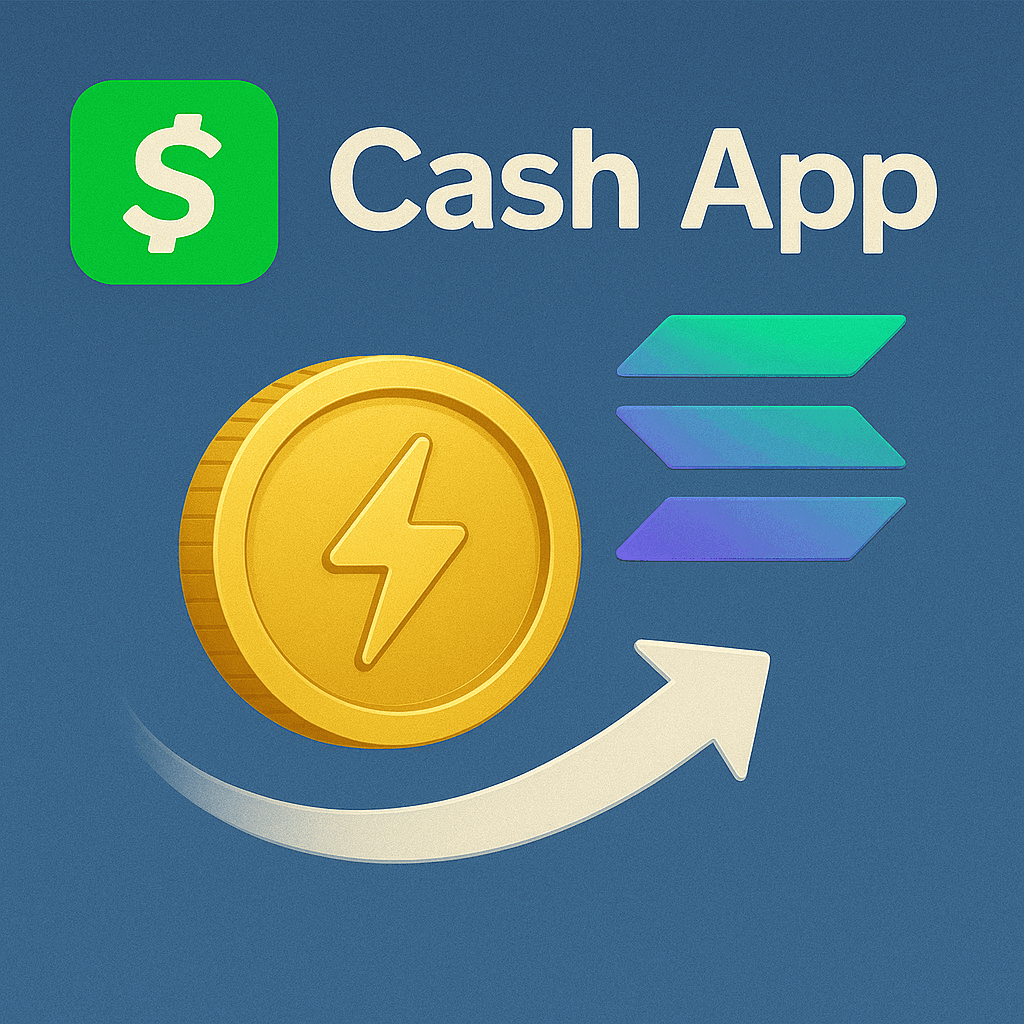The global freelance economy reached $455 billion in 2025, with 1.57 billion contractors worldwide. Yet most contractor payments sit idle, earning zero interest while waiting to be collected. What if every contractor payment could earn 6-9% APY from the moment it's sent until cash-out?
This isn't theoretical, stablecoin payroll yield systems are already transforming how businesses pay contractors, generating passive income on every payment while solving cross-border payment challenges.
What Is Stablecoin Payroll Yield?
Stablecoin payroll yield refers to payment systems where contractor funds earn interest while waiting to be claimed. Unlike traditional payroll that sits dormant in banks, these systems use yield-bearing stablecoins to generate 4-9% APY on contractor payments.
How Yield Contractor Payments Work
Traditional contractor payments flow:
Company sends payment via wire transfer (3-5 days, 0% yield)
Contractor receives funds in bank account
Total yield earned: $0
Yield contractor payments flow:
Company deposits stablecoins into yield-generating escrow
Funds immediately earn 6% APY while waiting
Contractor claims payment when needed (pull-based system)
Total value: Payment + accumulated yield
Real Example:
Contractor payment: $5,000
Average wait time: 10 days
Yield rate: 6% APY
Additional earnings: $8.22 per payment
Why Crypto Payroll Interest Matters in 2025
The GENIUS Act Changes Everything
The GENIUS Act, signed July 2025, prohibits stablecoin issuers from offering yield directly but creates opportunities for third-party payment infrastructure. This regulatory clarity enables compliant crypto payroll interest systems.
Key Benefits:
Regulatory compliance under new federal framework
Clear separation between issuance and yield generation
Institutional adoption accelerated by legal certainty
Market Size and Opportunity
Current market statistics show massive potential:
76.4 million U.S. freelancers expected by 2025
$3.8 trillion global gig economy revenue
Average contractor earnings: $47,000 annually in U.S.
Potential yield generation: Hundreds of millions in additional contractor income
Cross-Border Contractor Payment Challenges
Traditional Payment Problems
International contractor payments suffer from:
14% failure rate for cross-border B2B transactions
3-7 day processing times with zero yield
2-4% hidden fees in foreign exchange
Banking hour restrictions limiting access
Stablecoin Solutions
Yield contractor payments solve these issues:
Instant settlement in seconds, not days
<1% transaction fees vs. traditional 2-4%
24/7 availability regardless of banking hours
Yield generation offsets remaining costs
How Pull-Based Contractor Payments Work
Traditional vs. Pull-Based Architecture
Traditional Push Payments:
Company sends payment immediately
Contractor receives funds whether ready or not
No yield generation during transfer
Limited control over timing
Pull-Based Yield Payments:
Company deposits funds into yield-generating escrow
Contractor claims when convenient
Funds earn 6% APY until claimed
Complete contractor control over cash flow timing
Technical Implementation
Modern pull-based systems offer:
API-first integration with existing payroll systems
Real-time yield tracking and reporting
Automated compliance and tax documentation
Multi-signature security controls
Industry Applications and Benefits
Tech Companies and Remote Teams
With 69% of employers hiring freelancers after recent layoffs, tech companies benefit from:
Competitive advantage in contractor recruitment
Treasury optimization on company funds
Global talent access across 180+ countries
Reduced operational overhead through automation
Creative and Professional Services
High-value contractors earning $50-100+ per hour maximize yield benefits:
Larger payment values generate substantial yield
Project milestone payments earn throughout approval processes
International client access without payment friction
Professional development funding from yield income
Yield Strategies and Returns
Current Yield Sources
Stablecoin payroll yield comes from multiple sources:
DeFi Protocols (5-8% APY):
Aave lending markets
Compound protocols
Curve liquidity pools
Tokenized Treasuries (4-5% APY):
USDY (Ondo Finance)
USDM (Mountain Protocol)
Regulated, institution-grade yields
Conservative Strategies:
Focus on 4-6% sustainable returns
Diversified across multiple protocols
Real-time monitoring and rebalancing
Risk Management
Professional yield systems include:
Smart contract audits and insurance coverage
Diversification across yield sources
Automated risk monitoring and circuit breakers
Regulatory compliance frameworks
Implementation Guide for Businesses
Phase 1: Assessment (Week 1-2)
Analyze current contractor payment volumes
Calculate potential yield generation
Review regulatory requirements
Evaluate integration needs
Phase 2: Pilot Program (Week 3-6)
Select subset of contractors for testing
Partner with compliant yield infrastructure
Establish monitoring procedures
Train operations teams
Phase 3: Full Deployment (Week 7-12)
Scale to all contractor payments
Optimize yield strategies
Integrate with existing systems
Market competitive advantages
Choosing Infrastructure Partners
Critical evaluation criteria:
Regulatory compliance across jurisdictions
Security architecture and audit history
Yield methodology and track record
Integration complexity and support
Fee transparency and cost structure
Real Results and Case Studies
Global Software Company Results
$2M monthly contractor payments
60% cost reduction in processing fees
$40,000 annual yield generated for contractors
95% contractor satisfaction improvement
Design Agency Network Results
40% improvement in contractor retention
25% increase in available contractor capacity
Competitive advantage in talent acquisition
Reduced financial stress improved work quality
Regulatory Compliance and Tax Considerations
GENIUS Act Compliance
The GENIUS Act framework enables:
Clear regulatory pathways for yield infrastructure
Separation between stablecoin issuance and yield
Federal oversight reducing compliance uncertainty
Institutional adoption acceleration
Tax Implications
For Contractors:
Yield typically treated as ordinary income
Quarterly tax payments may be required
Professional tax advice recommended
Separate yield tracking necessary
For Businesses:
Infrastructure costs may be deductible
Automated reporting simplifies compliance
International requirements vary by jurisdiction
Future of Contractor Payments
Market Evolution Trends
Technology advancement:
Cross-chain optimization for multi-blockchain payments
AI-driven yield strategies for maximum returns
Enhanced security through improved smart contracts
Traditional banking integration for seamless conversion
Regulatory maturation:
International coordination improving efficiency
Consumer protection measures increasing adoption
Industry standards emerging for best practices
Competitive Landscape
Early adopters gain advantages through:
Superior contractor attraction and retention
Operational cost reductions through automation
Global market access without traditional barriers
Treasury optimization on company funds
Common Questions About Crypto Payroll Interest
"Is cryptocurrency too volatile for payroll?"
Stablecoins maintain 1:1 pegs with fiat currencies through regulated reserves. USDC and USDT have proven stability records with institutional backing.
"What about regulatory uncertainty?"
The GENIUS Act provides clear federal framework for payment stablecoins, establishing compliance pathways and reducing regulatory risk.
"How complex is technical implementation?"
Modern API-first platforms require minimal technical overhead with comprehensive documentation and support.
"Will contractors adopt this system?"
Surveys show strong contractor interest due to additional income, faster payments, and global accessibility.
Getting Started with Stablecoin Payroll Yield
Immediate Steps
Calculate potential yield on current contractor payments
Research compliant infrastructure providers
Evaluate integration requirements
Plan pilot program with subset of contractors
Establish monitoring and reporting procedures
Key Success Factors
Start small with pilot programs
Focus on compliance from day one
Educate contractors on benefits and process
Monitor performance and optimize continuously
Scale gradually based on results
Conclusion: The Contractor Payment Revolution
Stablecoin payroll yield represents a fundamental shift in contractor compensation. By generating 4-9% APY on every payment, businesses can attract top talent while contractors earn passive income on their hard work.
The infrastructure exists today. The regulatory framework is clear through the GENIUS Act. The 1.57 billion global freelancers deserve financial systems that work as hard as they do.
Companies implementing yield contractor payments now will establish competitive advantages that compound over time. Those waiting risk being left behind as the $455 billion gig economy embraces programmable money that generates value for everyone involved.
The question isn't whether this will become standard, it's how quickly you'll adapt to give your contractors the yield-generating payments they deserve.
Ready to implement stablecoin payroll yield? Modern infrastructure makes it possible to launch yield-generating contractor payments in weeks, not months. The competitive advantage starts today.



